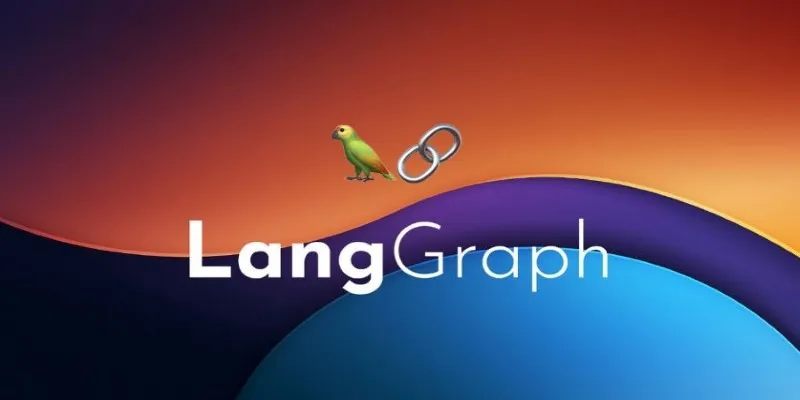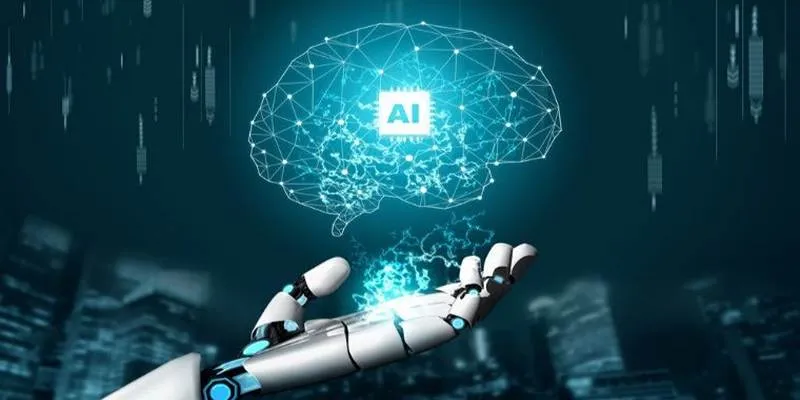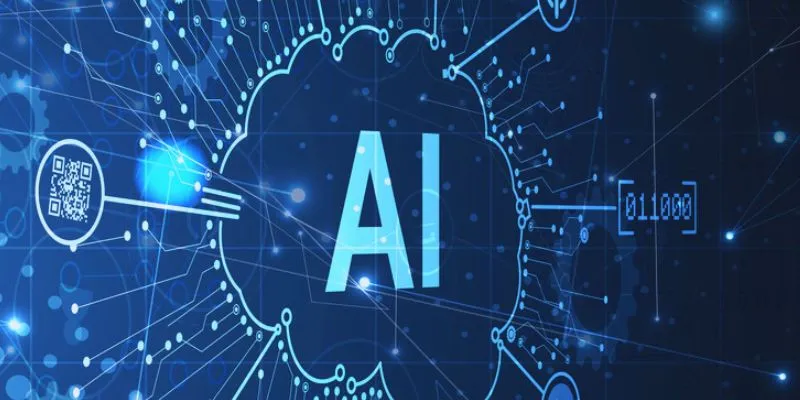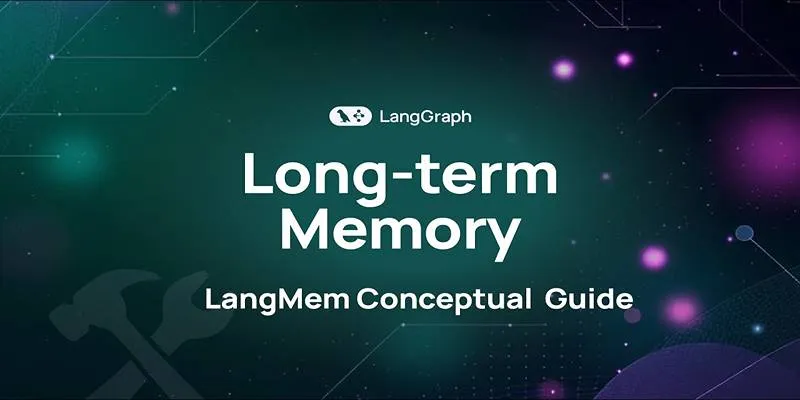The rapid advancement of artificial intelligence has introduced transformative technologies, reshaping how we use tools. Among these innovations, AI chatbots have become pivotal, especially in customer service, education, entertainment, and software development. These digital assistants emulate human conversation remarkably well. Understanding the reasons for their widespread success is crucial as they become ever more prevalent.
Core Technologies Behind AI Chatbots
Modern AI chatbots are powerful because they integrate multiple AI capabilities to effectively understand and respond to human input. Key technologies include:
1. Natural Language Processing (NLP)
AI chatbots rely on NLP to analyze and comprehend human language, enabling them to process syntax, semantics, and context for accurate and contextually relevant responses.
2. Machine Learning and Neural Networks
Machine learning algorithms allow chatbots to learn from past interactions, refining responses over time. Neural networks, particularly transformers, enable generating new responses based on complex input patterns.
3. Contextual Awareness
Modern chatbots maintain context across multiple conversation turns, remembering earlier inputs to facilitate natural and fluid dialogues.
4. Dynamic Text Generation
Advanced chatbots generate text dynamically, creating customized replies that align with the user’s intent and tone.
5. Personalization
AI chatbots can tailor their responses based on past interactions, user preferences, or stated goals, offering a more personalized user experience.
Reasons for the Growing Popularity of AI Chatbots
AI chatbots are rapidly being adopted across personal and professional settings due to several factors:
1. Instant Access to Information
In our fast-paced world, AI chatbots offer immediate access to information. They provide instant answers, explain complex topics, and offer recommendations without users needing to manually search through web pages or documents. This on-demand accessibility is invaluable for time-sensitive tasks and quick decision-making.
2. Improved Customer Service

Businesses leverage AI chatbots for faster, 24/7 customer support. These bots address common inquiries, manage multiple conversations simultaneously, and escalate complex issues to human agents, enhancing customer experience while reducing operational costs. Their constant availability ensures customers receive assistance beyond normal business hours, boosting satisfaction and loyalty.
3. Enhanced Productivity and Workflow Support
For professionals, AI chatbots serve as intelligent assistants, managing schedules, generating reports, summarizing documents, and providing strategic insights. In project management, they assist with task tracking and workflow optimization, freeing users from routine tasks to focus on higher-value activities and decision-making.
4. Support for Learning and Education
AI chatbots benefit educators and learners by providing instant explanations, practice quizzes, tutoring support, and writing assistance. By adapting to the user’s understanding, chatbots personalize the learning experience, allowing students to learn at their own pace with immediate feedback and clarification.
5. Creative and Writing Assistance
Writers and content creators use AI chatbots for brainstorming, outlining, rewriting, and improving tone or grammar. This support reduces content production effort and enhances quality. Chatbots help overcome creative blocks by suggesting new angles, perspectives, or stylistic approaches.
6. Programming and Technical Guidance
Developers use AI chatbots to understand coding concepts, identify bugs, and generate code snippets. They explain best practices, suggest frameworks, and serve as collaborative partners for technical problem-solving. For new learners, chatbots offer a judgment-free space to explore programming without pressure or fear of failure.
7. Entertainment and Conversational Companionship
Many individuals use AI chatbots for casual conversation, entertainment, and emotional support. Engaging in friendly, low-stakes dialogue makes them appealing companions for informal interactions, providing a responsive digital presence without judgment or bias.
8. Multilingual Communication Support
AI chatbots increasingly understand and respond in multiple languages , valuable in global communication. This feature allows businesses to better serve international customers and enables individuals to communicate across language barriers without a human translator. It also enhances accessibility for non-native speakers worldwide.
9. Seamless Integration With Digital Platforms
AI chatbots integrate easily into websites, mobile apps, messaging services, and enterprise systems, serving as a central communication tool across multiple touchpoints. This integration enhances user experience and strengthens brand presence across digital channels, maintaining consistent interactions regardless of where the conversation starts.
10. Cost-Effective Scalability for Businesses

AI chatbots enable organizations to scale customer support and operational tasks without proportionally increasing staffing costs. They handle thousands of interactions simultaneously, providing consistent service at a fraction of the cost of human agents. This cost-efficiency benefits startups and growing businesses with limited resources, reducing the need for extensive onboarding and training and offering a sustainable long-term solution.
Conclusion
AI chatbots signify a pivotal shift in human-technology interaction. Evolving from scripted responders to dynamic, intelligent assistants, they’ve become powerful tools across every life and work domain. Their popularity arises from saving time, providing personalized assistance, and delivering reliable communication at scale. As their capabilities expand, AI chatbots will remain at the forefront of digital transformation, redefining convenience, productivity, and connectivity with information.
 zfn9
zfn9






















